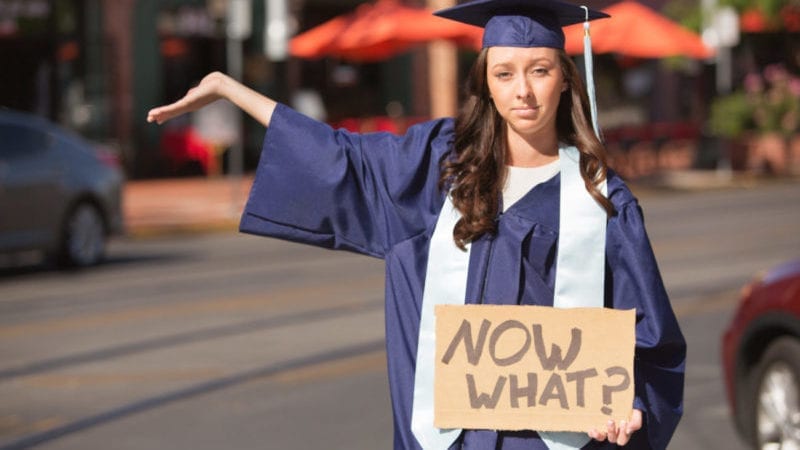You know this. Some students, particularly those with disabilities, need a lot more than a diploma to be ready to navigate the adult world. How can our schools teach the skills necessary for these students to live independently, pursue post-secondary education, and find employment? Here are 6 ways your school can create transition activities and programs that will help your graduating students with disabilities.
1. Establish a transition team for graduating students with disabilities
The task of handling scheduling and paperwork required for a successful transition program could be overwhelming. Choose several staff members to share the responsibility for planning. Special education teachers, school counselors, instructional coaches and even general education teachers and administrators each bring valuable knowledge to your team.
2. Develop community partnerships
Lots of businesses encourage their employees to volunteer in the community. Seek out community businesses to help you provide job training, tours, and presentations to your graduating students with disabilities. Target local businesses and large companies such as Kohl’s and Walmart. Some companies have programs that will provide your group with money after a certain number of volunteer hours have been reached. The Department of Labor is also an excellent resource for providing trainings to your students on creating resumes, preparing for interviews, and other valuable employment advice.
3. Find ways to fund your activities
Federal programs such as Vocational Rehabilitation Services offer a variety of resources that can support your school’s transition needs. Furthermore, they can connect you with programs like High School High Tech which can provide funding and other ideas for activities geared specifically towards students with disabilities, including those with 504 plans. Contact your local vocational rehabilitation office to help brainstorm transition activities and funding sources.
4. Enlist the support of your local colleges and technical schools
Graduating students with disabilities who will transition to post-secondary education need to know how to get accommodations and support. One way to help prepare students for this transition is by taking tours of the local institutions and visiting their student support offices. The staff there can provide a presentation on what is required to receive accommodations at the post-secondary level, and can help students understand their rights as they graduate from the public school system. Additionally, many technical schools and counselors have professors or counselors who are willing to provide presentations on a variety of job readiness skills, often at no cost.
5. Ask parents to volunteer
Parents can be an incredible asset in the development of your transition activities. They might work in local businesses and be able to help you coordinate tours and other activities. They can also support you as field trip chaperones and guest speakers. Some might even assist with coordinating snacks and celebrations throughout the year.
6. Celebrate
Find a way to provide a celebration at the end of the year to celebrate student involvement and the people who made your activities possible. Consider creating certificates for job readiness training. You might find it helpful to organize your program around specific key skills, such as those identified by the GeorgiaBEST rubric created by the Georgia Department of Labor. No matter how you organize your program, celebrate student participation and success. Finally, keep in contact with students who graduate. Invite them back to speak to former peers and get additional feedback on what you can do to help prepare future students prepare for life after high school.

